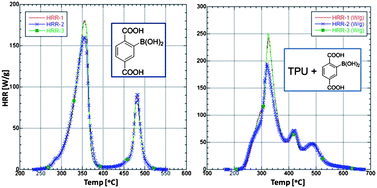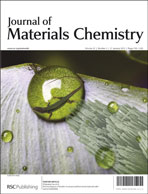Synthesis and flame retardant testing of new boronated and phosphonated aromatic compounds
Abstract
The present report describes the preparation and use of some dimethyl terephthalate derivatives in transition metal-catalyzed coupling reactions to produce new reactive flame retardants.


 Please wait while we load your content...
Please wait while we load your content...